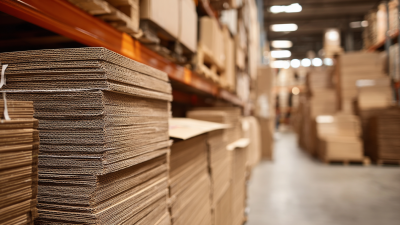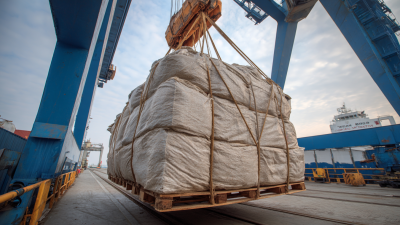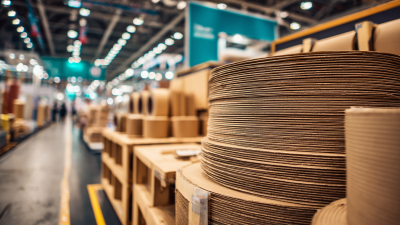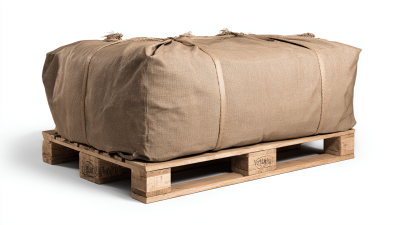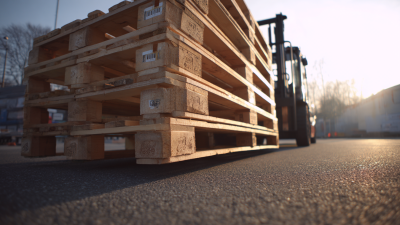
In the fast-evolving logistics and shipping industry, ensuring the safety of cargo transport is more critical than ever. The demand for innovative protective solutions, such as the Pp Dunnage Bag, has surged, as evidenced by a recent report from Market Research Future, which predicts the global Dunnage Bags market to reach USD 3 billion by 2026, growing at a CAGR of 5.1%. Pp Dunnage Bags provide an effective means of preventing movement and damage to goods during transit, addressing the significant challenge of cargo loss, which the Bureau of Transportation Statistics estimates to exceed $7 billion annually. As businesses look for cost-effective and efficient ways to safeguard their products, the advancements in Pp Dunnage Bag technology are proving to be a game changer. This guide will explore the latest innovations in Pp Dunnage Bags and provide actionable insights on how to implement these solutions for safer shipping practices.
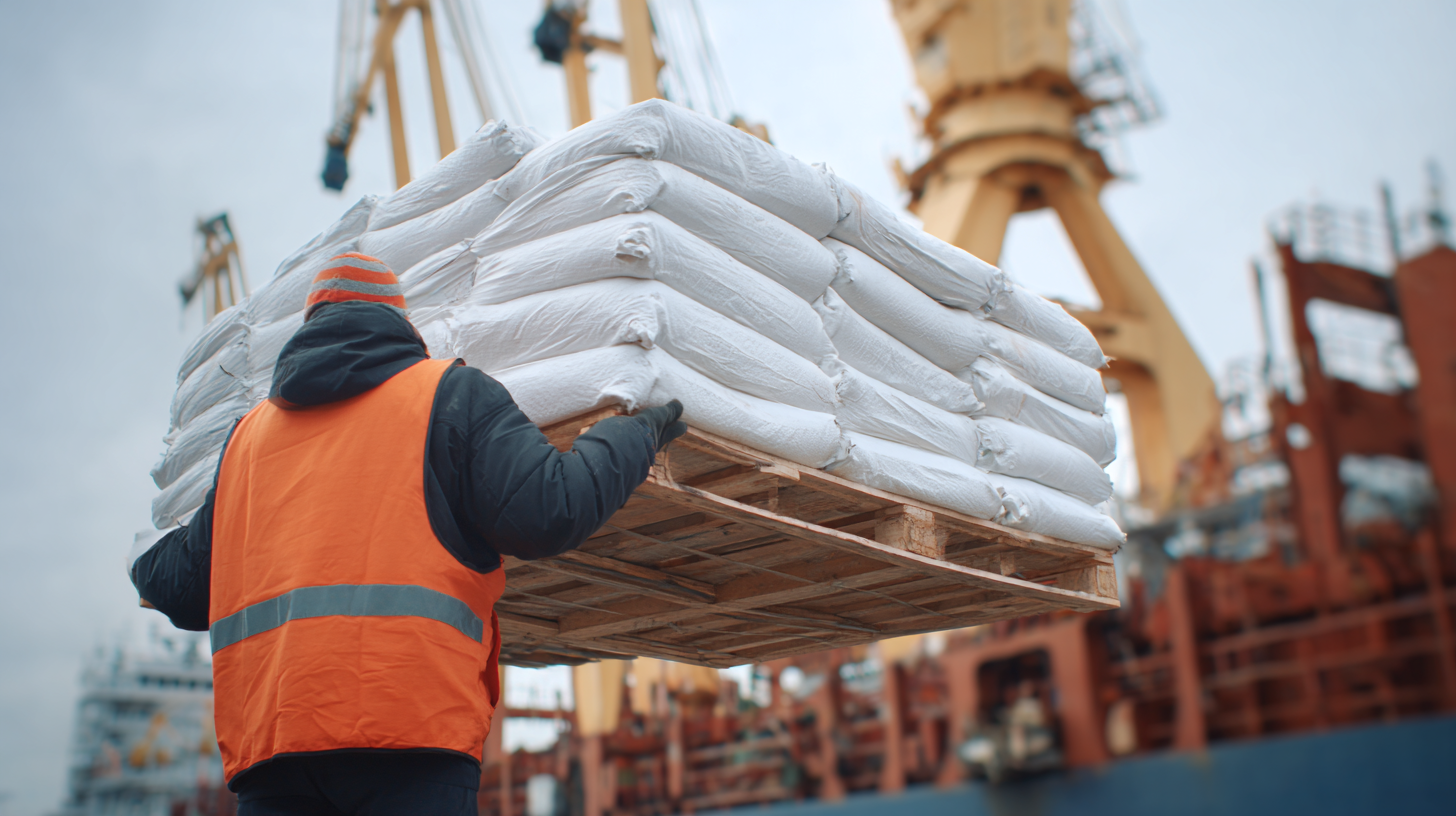
PP dunnage bags have become crucial in the shipping industry due to their ability to protect cargo from shifting and damage during transit. Made from durable polyethylene, these bags are designed to be inflated, creating a cushion that fills empty spaces in shipping containers, trucks, and railcars. This not only minimizes movement but also prevents impact from external forces, making them an effective solution for maintaining the integrity of various goods, from fragile items to heavy machinery.
One of the key features of PP dunnage bags is their versatility. They come in various sizes and can be easily adjusted to fit different cargo configurations. This adaptability is complemented by their lightweight nature, which helps reduce overall shipping costs without compromising safety. Additionally, PP dunnage bags are resistant to moisture, helping to protect goods from water damage, and are reusable, making them an environmentally friendly option for businesses looking to reduce waste while ensuring safe shipping practices.
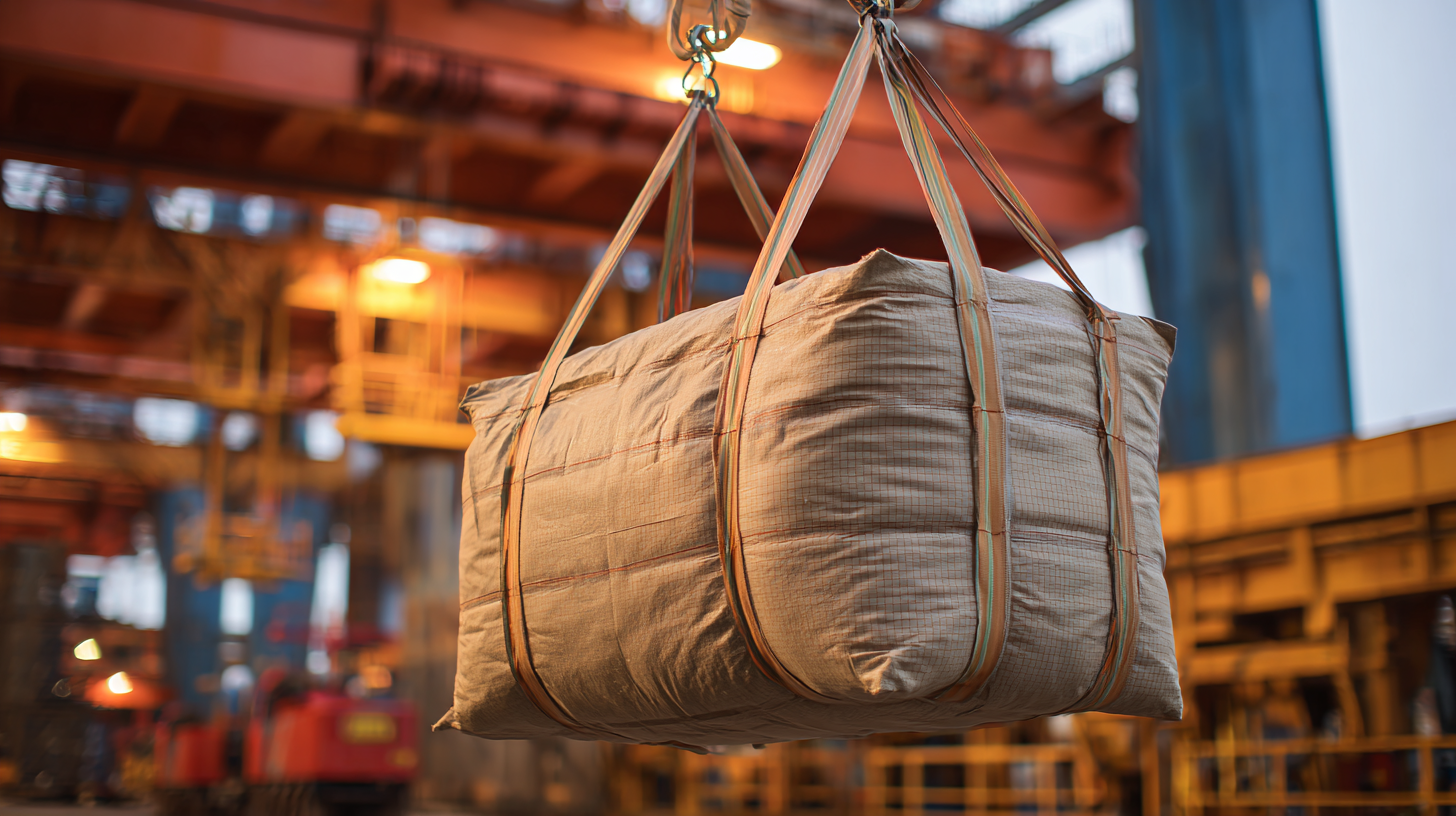
Innovative techniques for properly inflating PP (polypropylene) dunnage bags have transformed the shipping industry by enhancing load stability and minimizing damage during transportation. One key method involves using compressed air systems to achieve optimal inflation levels, ensuring that the bags conform perfectly to the shapes of the cargo they support. This process not only improves the effectiveness of the dunnage bags but also reduces the risk of cargo shifting, which can lead to costly damages.
Moreover, advancements in automation have made the inflation process faster and more efficient. Automated inflation devices equipped with sensors can monitor and adjust the pressure dynamically, allowing for precise conformity to cargo specifications. This level of innovation enhances safety and efficiency, as it reduces manual labor and the chances of human error in inflation. As these techniques become more widespread, companies can expect improved shipping outcomes and reduced risks associated with cargo handling.
Pp dunnage bags play a crucial role in ensuring that cargo remains secure during transportation. To effectively use these bags, begin by selecting the appropriate size and type of dunnage bag for your shipment. Consider the weight and dimensions of your cargo, as well as the specific transit conditions it will encounter. Once the right bags are chosen, position them strategically within your shipping containers. This involves placing bags on all sides of the cargo to minimize movement and create a snug fit.
After the bags are positioned, the next step is to inflate them using an air compressor or a hand pump. Make sure the bags are adequately inflated to form a tight cushion that absorbs shocks and prevents shifting. It's important to monitor the inflation process closely to avoid overinflation, which can lead to the bags bursting during transit. Lastly, secure the dunnage bags by sealing the cargo in the container and conducting a final check to ensure that everything is in place for safe shipping. By following this step-by-step guide, you can enhance the safety of your cargo and reduce the risk of damage during transit.
| Dimension | Value | Description |
|---|---|---|
| Material Type | Polypropylene | Durable synthetic material resistant to moisture and chemicals. |
| Bag Size | 48" x 36" | Commonly used size for most cargo types. |
| Weight Capacity | 2,000 lbs | Maximum weight capacity for secure transportation. |
| Inflation Method | Air Pump | Manual or electric pump used for inflation. |
| Applications | Freight Shipping | Used in containers, trucks, and railcars for cargo stabilization. |
| Reusability | Yes | Can be reused if handled and stored properly. |
| Environmental Impact | Low | Recyclable material reduces overall waste. |
When choosing the right size and type of PP dunnage bag for your shipping needs, it's essential to evaluate the specific requirements of your cargo. The dimensions and load capacity of the dunnage bag must correspond to the item being shipped. A properly sized bag ensures optimal cushioning and protection, preventing damage during transit. Consider the weight and fragility of your cargo; heavier or more delicate items may require reinforced bags or additional layers of protection.
Additionally, the environment where the bags will be used can influence your choice. For shipping products overseas, durability is key, as the bags may encounter rough handling or adverse conditions. When traveling with equipment, like bikes or sports gear, incorporating dunnage bags can safeguard items from shifting and provide stability within larger cases. Understanding the nuances of your shipping needs will help you select the perfect PP dunnage bag, ensuring your goods arrive safely at their destination.
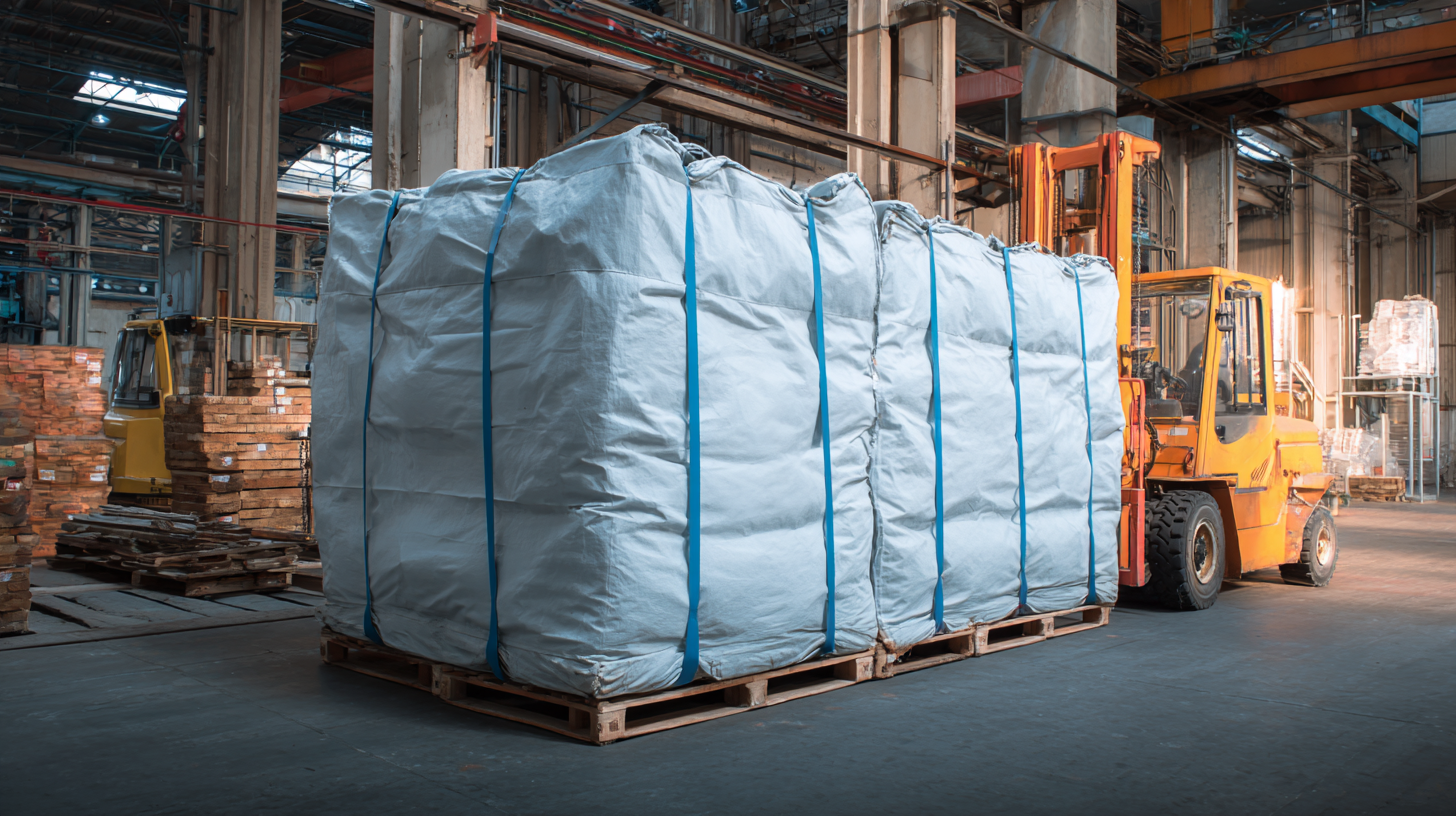
Maintaining and reusing PP dunnage bags is crucial for cost efficiency in safe shipping practices. These bags, which are designed to provide support and protection to goods during transport, can be reused several times if handled properly. One best practice is to ensure that they are cleaned and inspected for damage after each use. This simple step helps to extend their lifecycle and minimizes the need for new bags. Businesses should train staff on proper handling techniques to avoid punctures or tears, fostering a culture of care that benefits the bottom line.
Another effective strategy is to implement a systematic process for tracking the usage and condition of each dunnage bag. By categorizing them based on their state of wear, companies can prioritize the reallocation of the most durable bags for future shipments. Additionally, businesses can explore partnerships with manufacturers to return lightly used bags for recycling or refurbishment, creating a sustainable cycle that enhances both environmental responsibility and cost savings. Adopting these best practices helps organizations not only to save money but also to contribute to a more eco-friendly shipping process.
This chart illustrates the cost effectiveness of using PP dunnage bags in various shipping scenarios. The data shows the percentage reduction in shipping costs when utilizing PP dunnage bags compared to traditional packing methods.
